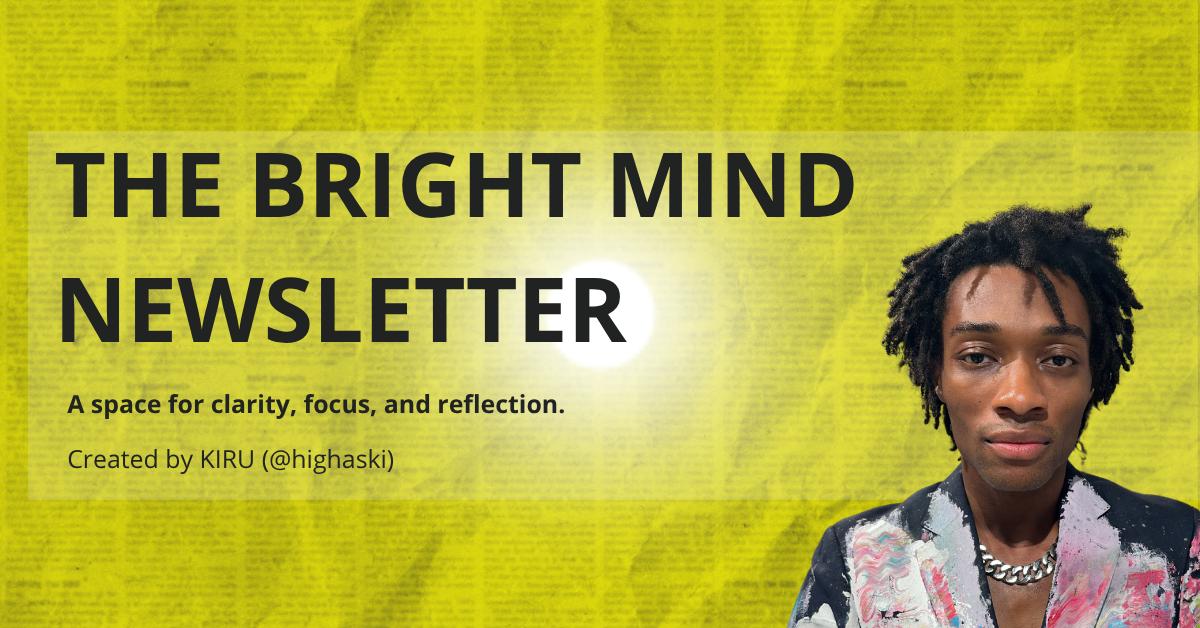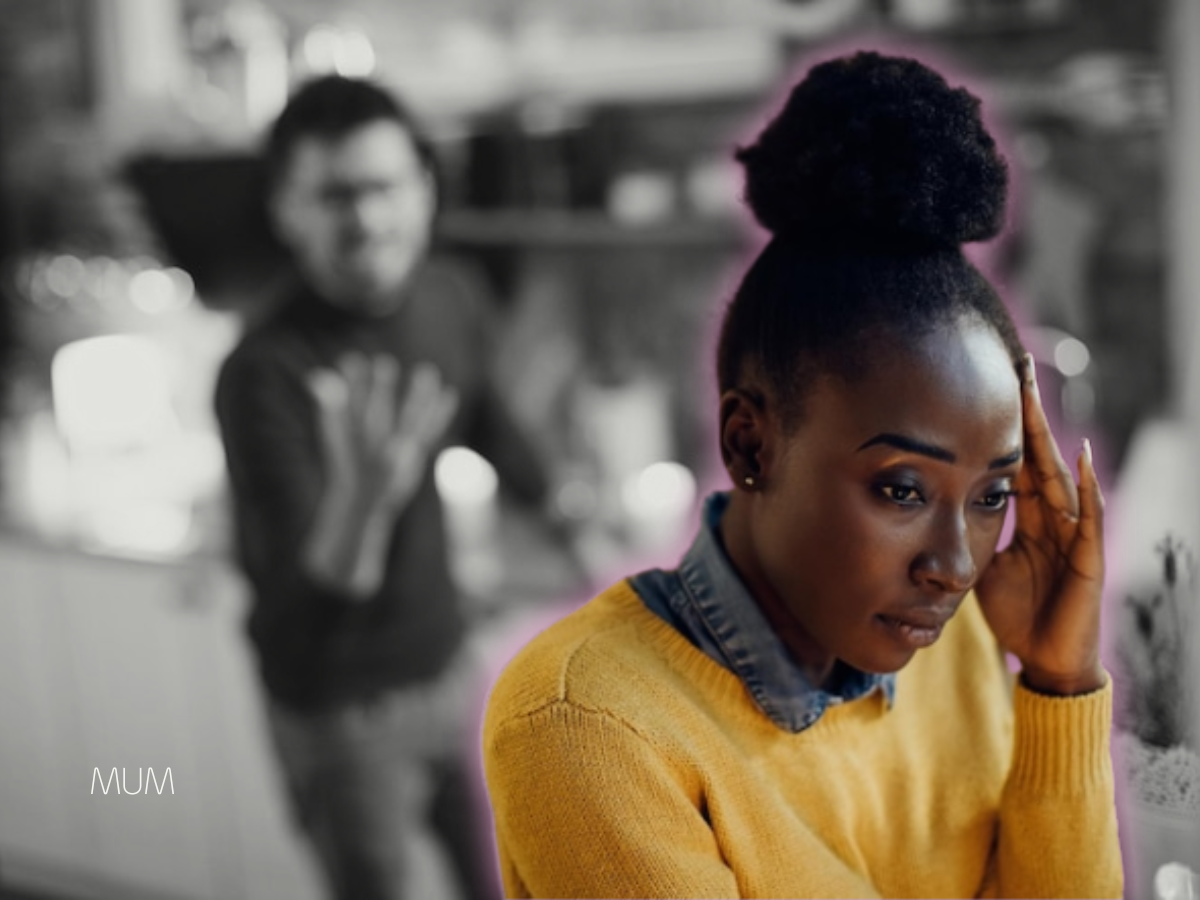Stroke: A Comprehensive Guide to Understanding, Prevention, and Life After
This in-depth exploration covers everything you need to know about stroke—including its causes, treatment options, and practical advice for a resilient recovery.
A stroke is a serious medical event that can change a person's life in an instant. Often referred to as a "brain attack," a stroke occurs when the blood supply to part of the brain is interrupted or reduced. Without oxygen and nutrients from the blood, brain cells begin to die within minutes. In the United States, a stroke is a leading cause of death and a primary cause of long-term disability, making it a critical public health concern. Understanding what a stroke is, how it affects the body, and what can be done about it is crucial for both prevention and recovery.
The two main types of stroke are ischemic and hemorrhagic. An ischemic stroke, the most common type, happens when a blood clot blocks a vessel, stopping blood flow to the brain. This is similar to a heart attack, but in the brain. A hemorrhagic stroke occurs when a blood vessel in the brain bursts, spilling blood into the surrounding brain tissue and causing damage. A third, less common event called a transient ischemic attack (TIA), or "mini-stroke," is caused by a temporary clot. While TIA symptoms may resolve on their own, a TIA is a powerful warning sign that a major stroke may be on the horizon and should be treated as a medical emergency.
The Impact of Stroke on the Body
The effects of a stroke depend entirely on which part of the brain is damaged and the extent of that damage. The brain is an incredibly complex organ, with different regions responsible for different functions. When a stroke cuts off blood to a specific area, the functions controlled by that area are impaired.
Physically, a stroke can lead to a range of challenges. Weakness or paralysis, often on one side of the body, is very common. This can affect the face, arm, or leg. Some survivors experience spasticity, a condition where muscles become tight and difficult to move, or ataxia, which is a lack of muscle control and coordination. These physical impairments can make everyday activities like walking, dressing, or eating incredibly difficult.
Physiologically, a stroke can disrupt the intricate networks that govern speech, memory, and cognitive function. Survivors may struggle with aphasia, the inability to understand or express language, or dysarthria, which is difficulty speaking due to muscle weakness. Memory problems, difficulty concentrating, and trouble with problem-solving are also common. Swallowing difficulties, known as dysphagia, can also occur, increasing the risk of choking or pneumonia.
Recognizing Symptoms and Identifying Risks
The signs of a stroke often come on suddenly, and acting quickly is paramount. The acronym F.A.S.T. is a simple and effective way to remember the key symptoms:
Face drooping: Is one side of the face numb or drooping? Ask the person to smile. Is the smile uneven?
Arm weakness: Is one arm weak or numb? Ask the person to raise both arms. Does one arm drift downward?
Speech difficulty: Is their speech slurred? Are they unable to speak or hard to understand? Ask them to repeat a simple sentence.
Time to call 911: If you see any of these signs, even if they go away, call emergency services immediately.
Beyond these immediate indicators, other progressive signs can include sudden confusion, trouble seeing in one or both eyes, and a sudden, severe headache with no known cause.
Stroke risk factors are often categorized as modifiable and non-modifiable. Non-modifiable risk factors include age (risk increases with age), family history, and race (African Americans and Hispanics have a higher risk). Modifiable risk factors, which can be controlled, are the focus of prevention efforts. The most significant of these is high blood pressure (hypertension). Other key risk factors include high cholesterol, diabetes, and heart diseases like atrial fibrillation. Behavioral factors like smoking, excessive alcohol use, physical inactivity, and an unhealthy diet also significantly increase risk. Environmental and social factors, such as living in the "stroke belt" (a region in the southeastern U.S. with unusually high stroke rates) and socioeconomic status, can also play a role.
Diagnosis, Treatment, and Prevention
When a person arrives at the hospital with suspected stroke symptoms, a rapid diagnosis is crucial. Healthcare professionals will conduct a physical and neurological exam and ask about the onset of symptoms. Imaging tests, such as a CT scan or MRI, are used to see if a stroke is caused by a clot or a bleed. These scans are essential for determining the type of stroke and guiding treatment. Other tests, like a carotid ultrasound or an echocardiogram, may be used to identify the source of the clot.
Treatment for an ischemic stroke focuses on restoring blood flow as quickly as possible. The most common treatment is an intravenous medication called tPA (tissue plasminogen activator), which dissolves blood clots. It must be given within a narrow time window, typically within 3 to 4.5 hours of symptom onset. In some cases, a procedure called a mechanical thrombectomy may be performed to physically remove the clot from the artery. For a hemorrhagic stroke, treatment focuses on controlling the bleeding and reducing pressure on the brain, which may involve medication to lower blood pressure or, in some cases, surgery.
The great news is that up to 80% of strokes are preventable. Prevention is a lifelong commitment to healthy habits. The cornerstones of prevention include:
Controlling high blood pressure: Regularly monitoring your blood pressure and taking prescribed medication is the single most important step.
Healthy diet: A diet low in sodium and saturated fats and rich in fruits, vegetables, and whole grains is vital.
Regular physical activity: Aim for at least 30 minutes of moderate exercise on most days of the week.
Not smoking: Quitting smoking dramatically reduces stroke risk.
Managing other conditions: Working with your doctor to control diabetes, high cholesterol, and heart disease is essential.
The Long-Term Outlook and Emotional Wellness
The journey after a stroke is a marathon, not a sprint. The long-term outlook varies greatly depending on the stroke's severity and the individual's commitment to rehabilitation. While some survivors may make a full recovery, others are left with lasting disabilities. Stroke rehabilitation, which often begins in the hospital, is vital for regaining lost skills and maximizing independence. This can include physical therapy, occupational therapy, and speech therapy. The brain has an incredible capacity for recovery, known as neuroplasticity, and consistent effort can lead to remarkable gains, even years after the stroke.
Beyond the physical challenges, a stroke can take a significant toll on a person's mental and emotional well-being. Feelings of grief, loss, anger, and frustration are common as survivors grapple with their new reality. Post-stroke depression affects about one-third of survivors and can manifest as persistent sadness, loss of interest in hobbies, and feelings of worthlessness. Anxiety is also common, particularly the fear of having another stroke. It's crucial to acknowledge these feelings and seek support from a mental health professional, a support group, or loved ones. Caring for your mind is as important as caring for your body during recovery.
Practical Tips for a Fulfilling Life
Life after a stroke requires intentionality and a focus on what is possible. By building new habits and a strong support system, survivors can lead rich and meaningful lives.
Stick to your rehabilitation plan: View your physical, occupational, and speech therapy sessions as your job. Consistency is key to unlocking the brain's potential for recovery.
Prioritize self-care: Be patient with yourself. Simple acts of self-care, like getting enough sleep, eating nutritious foods, and taking breaks, are non-negotiable.
Connect with others: Don't isolate yourself. Join a stroke support group or connect with other survivors online. Sharing experiences and challenges can be incredibly validating and empowering.
Set small, achievable goals: Instead of focusing on what you've lost, celebrate every small victory—whether it's holding a fork, walking a few extra steps, or speaking a clear sentence.
Embrace assistive technology: From mobility aids to communication apps, a variety of technologies can help you regain independence. Talk to your healthcare team about what's available.
Practice mindfulness: Techniques like meditation or deep breathing can help you manage anxiety and frustration, fostering a sense of calm and control.
A stroke is not the end of a life, but the beginning of a new chapter. While the road to recovery can be challenging, it is also a testament to human resilience. By leaning on a support system, embracing a proactive approach to health, and celebrating every step forward, survivors can not only manage their condition but also thrive, contributing their unique strength and wisdom to the world around them.
Keep Going!
Check out these related posts








